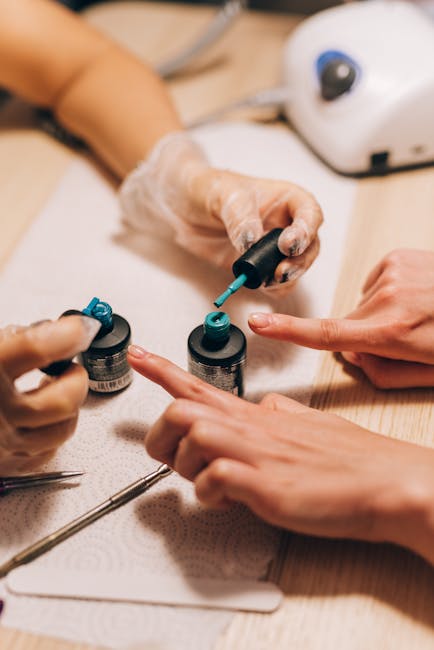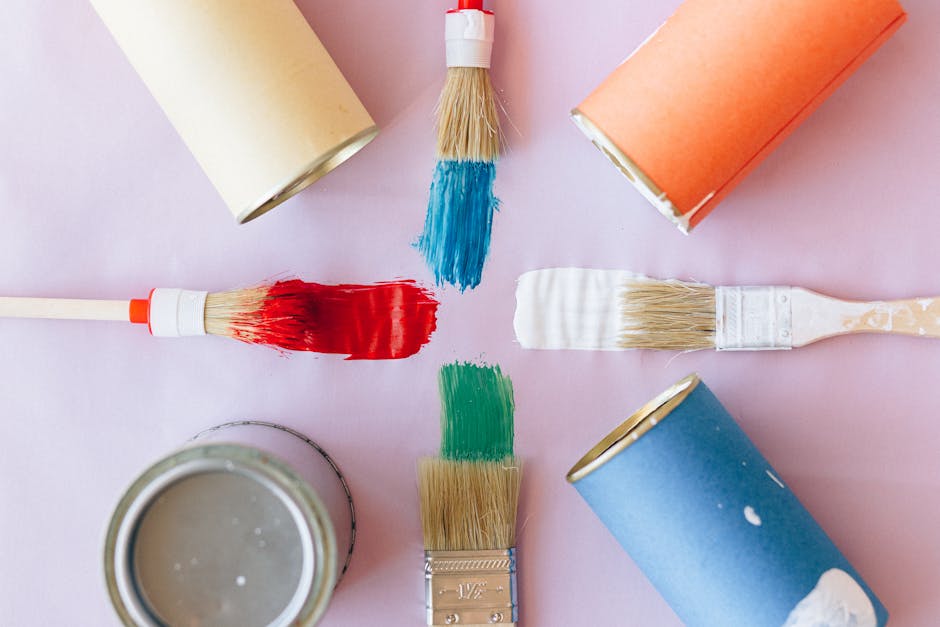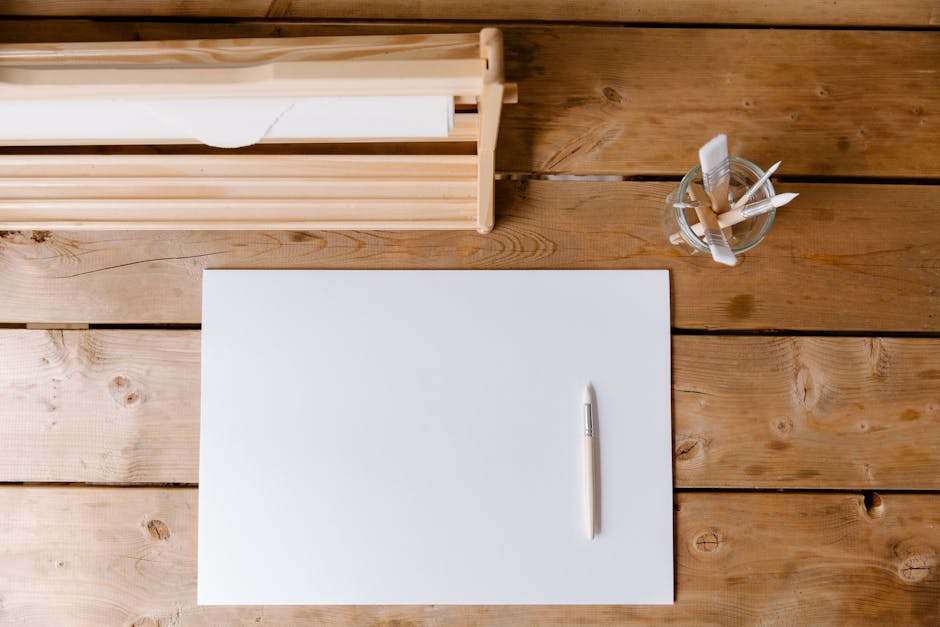How to Clean Nail Art Brushes: The Ultimate Guide for Professionals and Beginners
Maintaining clean nail art brushes is paramount for achieving flawless designs, preventing bacterial growth, and extending the lifespan of your tools. Dirty brushes can harbor bacteria, leading to infections, and clogged bristles result in uneven application and ruined artwork. This comprehensive guide will walk you through various cleaning methods, tailored to different nail art mediums, ensuring your brushes stay in tip-top shape.
Understanding the Importance of Clean Brushes
Neglecting brush cleaning has several detrimental effects. Firstly, it fosters the growth of harmful bacteria and fungi, potentially causing skin infections or allergic reactions. Secondly, residual polish and pigments clog the bristles, making them stiff, splayed, and ineffective. This leads to streaky applications, poor control, and ultimately, unsatisfactory nail art.
Regular cleaning not only prevents these issues but also preserves the quality and shape of your brushes, significantly extending their lifespan. Investing a few minutes in proper cleaning is a small price to pay for maintaining professional-quality results and safeguarding your health.
Essential Cleaning Supplies
Before we dive into cleaning techniques, let’s gather the necessary supplies. Having these readily available will streamline the process and ensure a thorough clean:
- Brush cleaner: Choose a specialized brush cleaner formulated for nail polish or acrylics, or consider using a gentle soap like baby shampoo.
- Cuticle pusher or orangewood stick: For gently removing excess polish from the bristles.
- Small bowl or container: To hold the cleaning solution.
- Paper towels or lint-free cloths: For wiping and drying brushes.
- Brush shaping mat or foam pad (optional): To reshape brushes after cleaning.
- Isopropyl alcohol (70% or higher): For disinfecting brushes (especially crucial for acrylic and gel applications).
Cleaning Nail Art Brushes: Step-by-Step Guides
Cleaning After Each Use (Quick Clean):
This quick clean is crucial for preventing polish from hardening in the bristles. It should be done immediately after completing your nail art.
- Wipe off excess polish from the brush using a paper towel.
- Gently swirl the brush in a small amount of brush cleaner or gentle soap and water.
- Rinse thoroughly with clean water until all traces of polish and soap are removed.
- Reshape the bristles using your fingers or a brush shaping mat.
- Lay the brush flat on a clean towel to air dry completely.
Deep Cleaning for Nail Polish Brushes:
A deeper clean is necessary periodically to remove deeply embedded polish and ensure the brushes remain in perfect condition.
- Remove excess polish as described above.
- Fill your small bowl with brush cleaner or a mixture of gentle soap and warm water.
- Submerge the brush bristles, ensuring they are completely immersed.
- Gently swirl the brush in the solution for 1-2 minutes, using the cuticle pusher or orangewood stick to loosen any stubborn polish.
- Rinse thoroughly under lukewarm running water, ensuring all traces of cleaner and polish are removed.
- Gently squeeze out excess water without twisting or bending the bristles.
- Reshape the bristles and lay them flat to air dry completely.
Cleaning Acrylic and Gel Brushes:
Acrylic and gel brushes require a more rigorous cleaning process due to the thicker consistency of these mediums.
- Remove excess acrylic or gel immediately after use with a cuticle pusher.
- Soak the brush in a bowl of brush cleaner specifically designed for acrylics and gels, or use a mixture of isopropyl alcohol and water.
- Allow the brush to soak for 10-15 minutes to soften the material.
- Gently work the cleaner into the bristles using the cuticle pusher.
- Rinse thoroughly with warm water and isopropyl alcohol to disinfect.
- Reshape the bristles, and allow to air dry completely away from direct sunlight or heat.
Dealing with Stubborn Stains:
If you encounter stubborn stains, consider these additional tips:

- Soaking time: Extend the soaking time in the cleaning solution.
- Gentle scrubbing: Use a very soft-bristled brush or toothbrush to gently loosen the stain.
- Nail polish remover: For stubborn polish stains, try using a small amount of acetone-free nail polish remover, but test it on an inconspicuous area of the brush first to avoid damage.
Storing Your Nail Art Brushes
Proper storage is as crucial as cleaning to maintain your brushes. Avoid storing them improperly, as this can cause warping, damage, and the growth of bacteria.
- Store brushes upright in a clean container or cup.
- Avoid storing brushes in direct sunlight or heat.
- Ensure brushes are completely dry before storing to prevent mold or mildew growth.
- Consider using brush guards or protectors to maintain the shape of the bristles.
Troubleshooting Common Issues
Even with diligent cleaning, some problems might occur. Here’s how to tackle them:

- Bent or damaged bristles: Gently reshape the bristles while the brush is still slightly damp.
- Clogged bristles: Repeat the cleaning process, using a cuticle pusher to help loosen stubborn polish.
- Unpleasant odor: Thoroughly rinse the brush and ensure it is completely dry before storing.
Conclusion
Following these cleaning techniques will significantly extend the life of your nail art brushes and help you achieve consistently stunning designs. Remember, regular cleaning is not just about maintaining the appearance of your brushes; it’s a vital step in ensuring hygiene and preventing potential health issues. By investing time and effort in proper brush care, you’ll not only improve the quality of your nail art but also safeguard your health and well-being.


